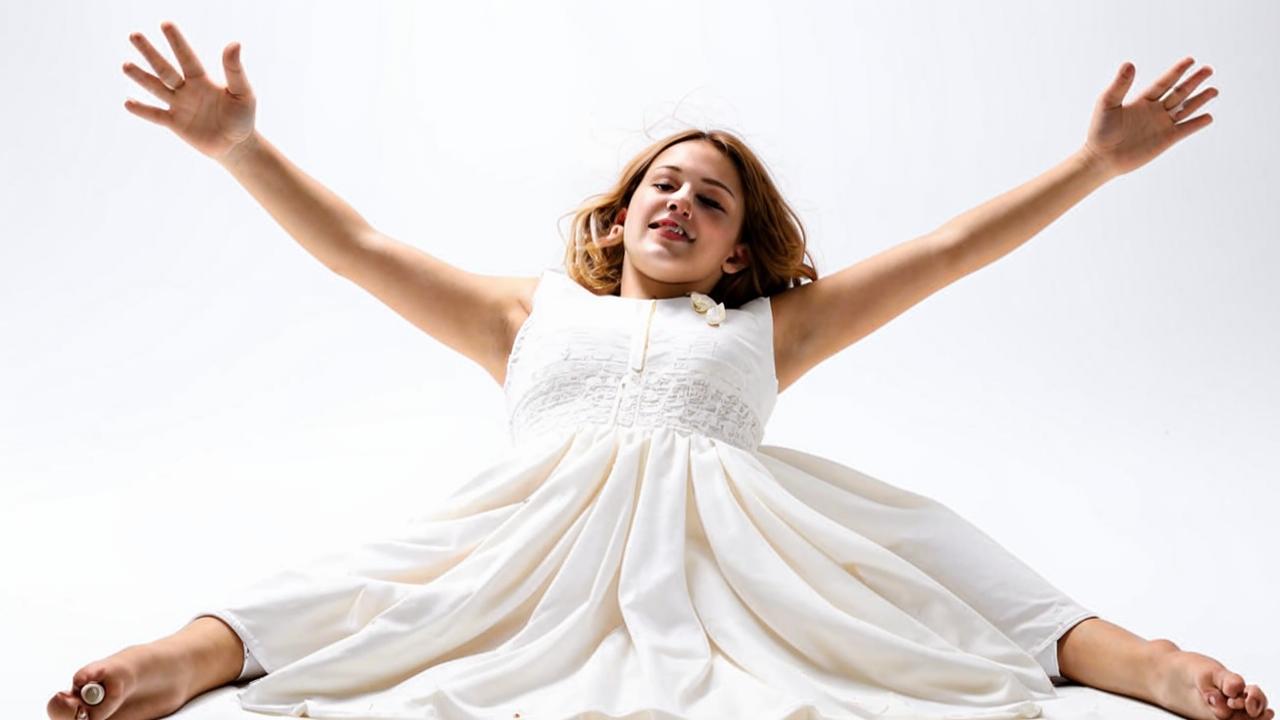
Ph.D., international hatha yoga instructor
Stress can make anyone more susceptible to illness. Fortunately, yoga is great for keeping your immune system in shape. Numerous scientific studies prove that the practice can boost immunity by reducing stress and various inflammatory processes in the body.
Regular practice is essential to keep your health at a high level. It is ideal to practice these asanas (postures) daily. You will need a mat and a bolster – a special practice roll. It can be replaced by a non-rigid fitness roller, a pillow (50×70) or two blocks).
We suggest a slow practice – all poses promote relaxation, reduce stress and improve circulation in the body. These are the three pillars to support the immune system.
Breathing technique – kapalabhati
Contraindications: the first days of the cycle in women, pregnancy, lung or respiratory diseases, cardiovascular disease, hypertension, abdominal hernia, recent abdominal surgery, full stomach (at least two hours after eating).
Benefits of the exercise: removal of toxins, cleansing sinuses, respiratory tract, improving brain function by enriching with oxygen, stimulating the digestive system and improving blood circulation and lymph flow in the abdominal cavity, strengthening the abs.
Technique
- Sit in a comfortable position with a straight back, put your hands on your knees, close your eyes, relax.
- Inhale and exhale sharply, squeezing the abdominal muscles, exhaling air through the nostrils – only the abs work. The emphasis is solely on active exhalation, inhalation is spontaneous and short.
- Make 27 sharp, quick exhalations through both nostrils, gradually increasing the number up to 108 times.
- After finishing the practice, perform several calm breathing cycles without controlling the breath. If dizziness appears during the exercise, it is worth reducing the effort and pace.
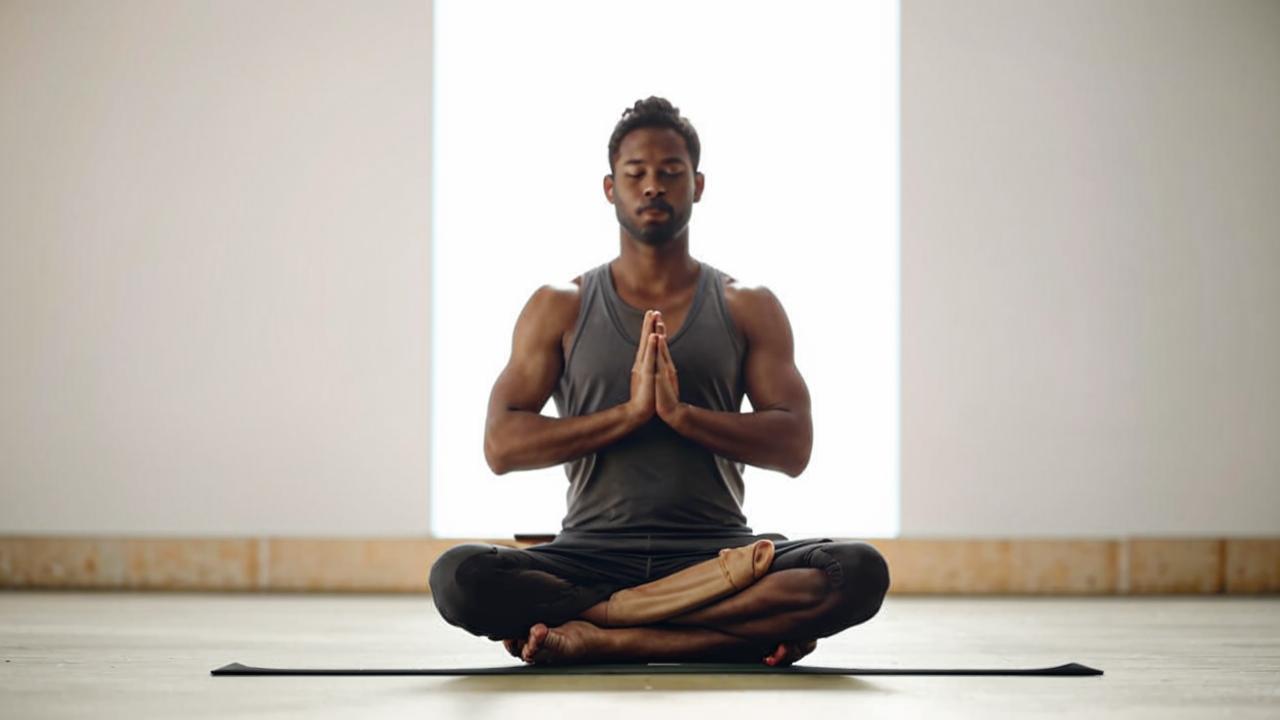
Lying twist – supta matsyendrasana
禁忌: pregnancy, gastrointestinal diseases in acute form.
Benefits of the exercise: develops mobility of the spine, opens the chest and improves posture, stimulates the digestive system, increases the mobility of the hip joints.
Technique
- Lie on your back, on exhalation pull the right knee to the chest, wrap your arms around it, keep the left leg straight.
- Place the right knee on your left side, guiding the knee to the floor with the left hand, the right arm extended to the right with the palm down.
- Turn your head to the right, check that both shoulders remain on the floor; breathe evenly and calmly, stay in this position for 10 breath cycles.
- Bring the body back to the center and repeat the twist on the other side.
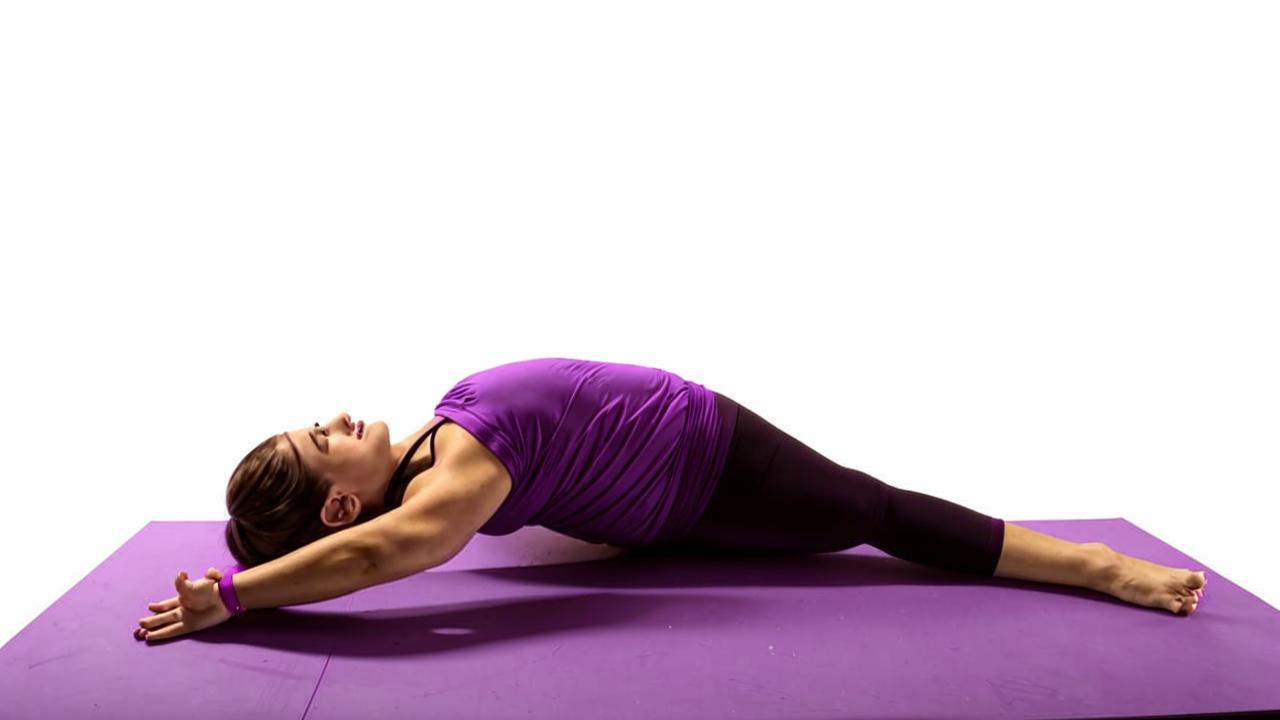
Cobra pose – bhujangasana
禁忌: pregnancy, peptic ulcer, spinal hernia, hyperthyroidism, pinched intervertebral discs.
Benefits of the exercise: normalizes kidney function, helps to activate the work of internal secretion glands, increases the volume of the lungs, stimulates the activity of thyroid and parathyroid glands, strengthens abdominal muscles, activates the gastrointestinal tract.
Technique
- Lie face down on the mat, stretch the whole body and feet, tense the muscles of the thighs and buttocks.
- Place your palms under your shoulders, fingers pointing forward.
- With an inhalation, pushing off the floor, gently lift the body up, stretching the top of the head and neck, at the same time pull the shoulders back and down, pull the mat toward you, trying to push the heart area up, the pubic bone at the same time on the mat.
- Hold in asana for five breathing cycles and gently lower yourself to the mat.
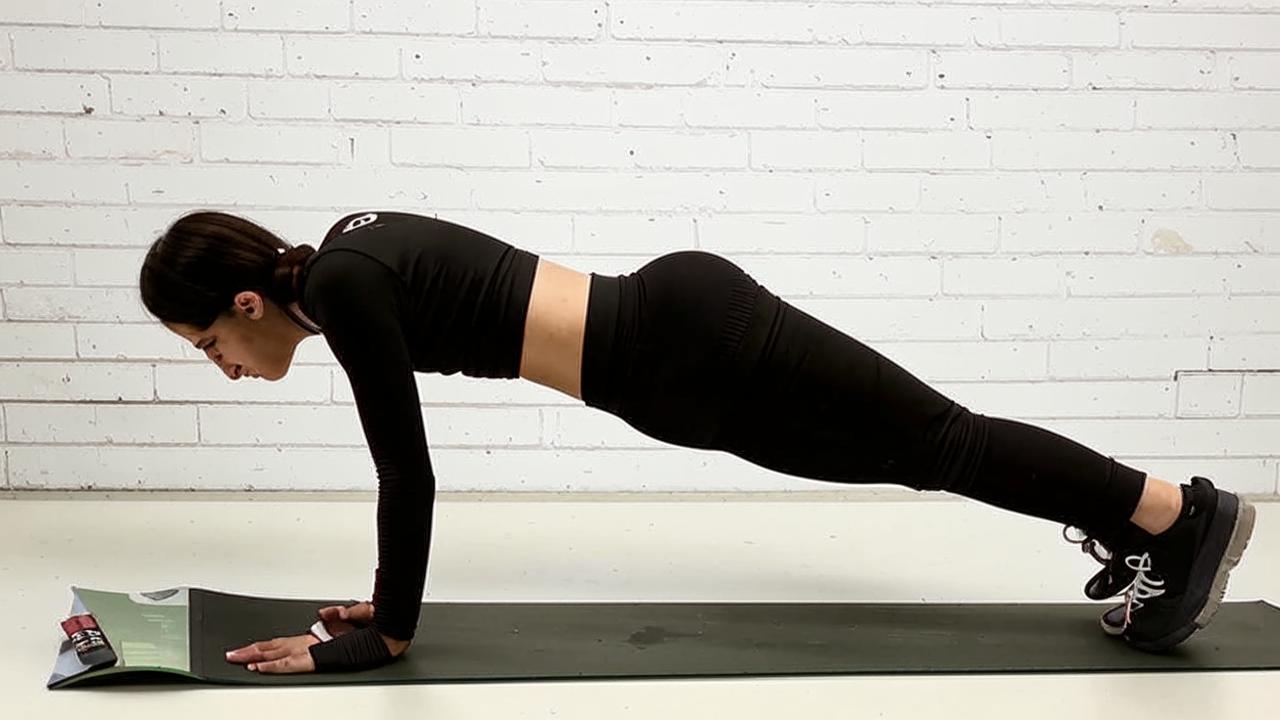
Downward-facing dog pose – adhomukkha shvanasana
禁忌: last trimester of pregnancy, hand and shoulder injuries, severe headache.
Benefits of the exercise: makes the spine more mobile between the shoulder blades, tones the whole body, helps to remove mental noise, improves cerebral circulation.
Technique
- Stand on all fours, palms under the shoulders, the distance between the palms and between the feet is the same, the fingers of the hands are widely spaced, the middle finger is directed clearly forward.
- Raise the pelvis up, push off the floor strongly with your hands, move the chest to the feet, relax the neck, the head hangs freely between the hands, the kneecaps are pulled inward, the heels tend to the floor.
- When mastering the pose, it is better to keep the knees tucked, emphasize the opening of the shoulder department and work on the spine.
- Fix the pose for 5-10 breathing cycles, try to breathe evenly and deeply.
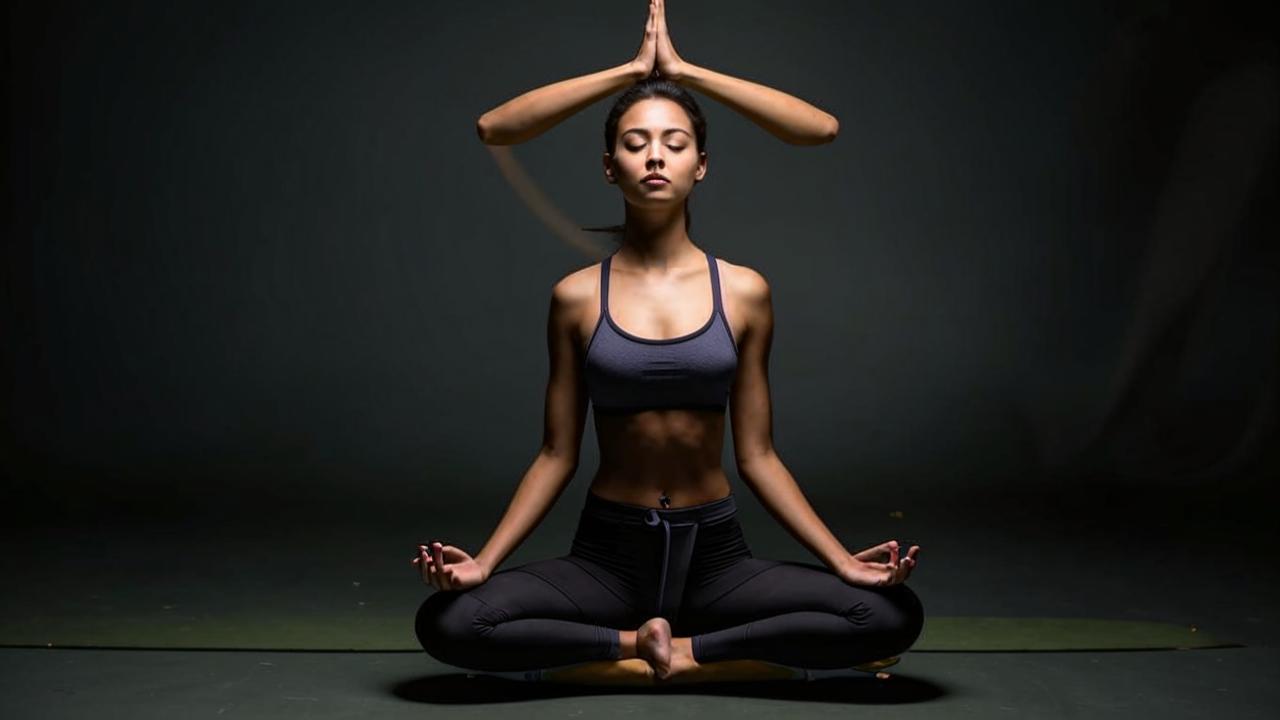
Dolphin pose – ardha pincha mayurasana
禁忌: high blood pressure, recent injuries of the cervical region, elbows, forearms, osteochondrosis of the cervical and thoracic regions in the acute stage, severe headache.
Benefits of the exercise: strengthening of the shoulder girdle and spine, opening of the thoracic region, relief of sinusitis and asthma.
Technique
- From a position on all fours, lower your forearms to the mat and place them parallel to each other, elbows under the shoulders, fingers pointing clearly forward.
- Lift the pelvis up while straightening the legs, arch the back, relax the neck, head hanging down freely.
- If you can’t straighten your legs, stay with bent knees or take a small step back.
- Fix the pose for 5-10 breathing cycles, try to breathe evenly and deeply.
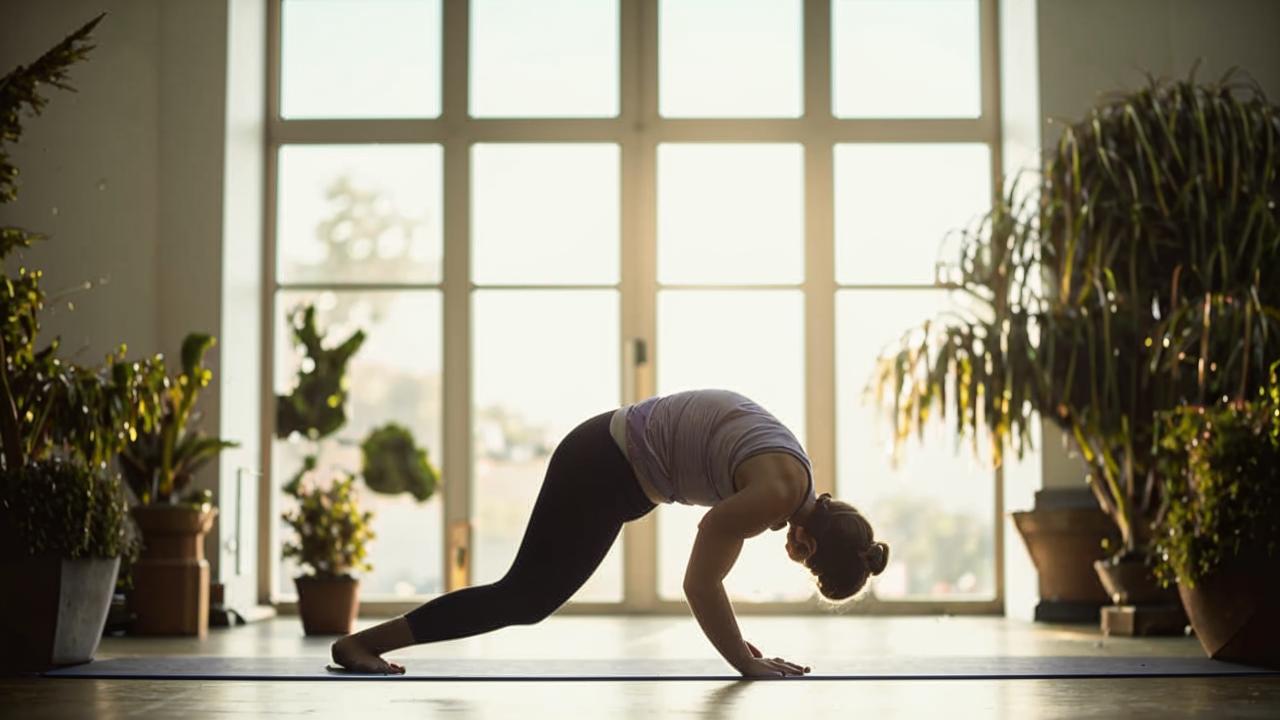
Child’s pose with knees wide apart – balasana
禁忌: acute conditions of abdominal organs.
Benefits of the exercise: reduces tension and pain in the back, neck and shoulders, increases mobility of shoulder and hip joints, relieves stress.
Technique
- Sit on your knees, spread them apart, leaving your big toes together.
- Keeping the pelvis on the heels, lean forward and stretch your arms in front of you on the floor, put your forehead on the mat at the level of hair growth, take the shoulders away from the ears, arms straight, elbows do not touch the floor.
- If your head doesn’t reach the floor, you can place a bolster or block under your head.
- Take 10 calm breaths in and out.
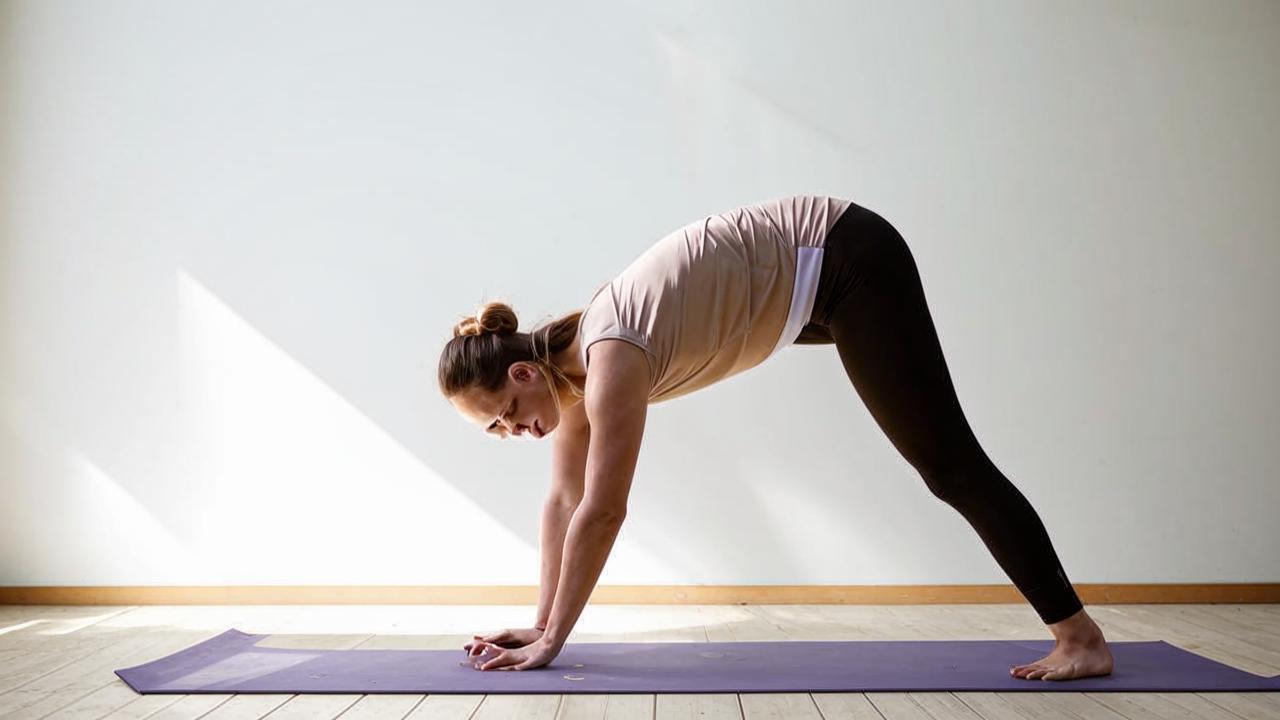
Half Bridge – Setu Badhasana
禁忌: pregnancy, high blood pressure, spine and knee injuries, critical days.
Benefits of the exercise: strengthens the lower back, abdominal muscles, buttocks, pelvic muscles, improves blood circulation throughout the body.
Technique
- Lie on your back, put your hands along the body with palms down.
- Bend your legs and place your feet on the width of the pelvis as close to the buttocks as possible, toes pointing straight ahead.
- Press your feet and palms firmly against the mat, exhale and push your feet off the mat, lift your body and pelvis as high as possible with your knees pointing forward and not apart, flex your thoracic region and direct your lower ribs upwards, bring your shoulder blades closer together, actively push your shoulders and feet off the mat.
- Make sure your head is centered, do not twist it.
- Hold the pose for 8-10 breath cycles, breathing smoothly and calmly, then smoothly return your back to the mat.
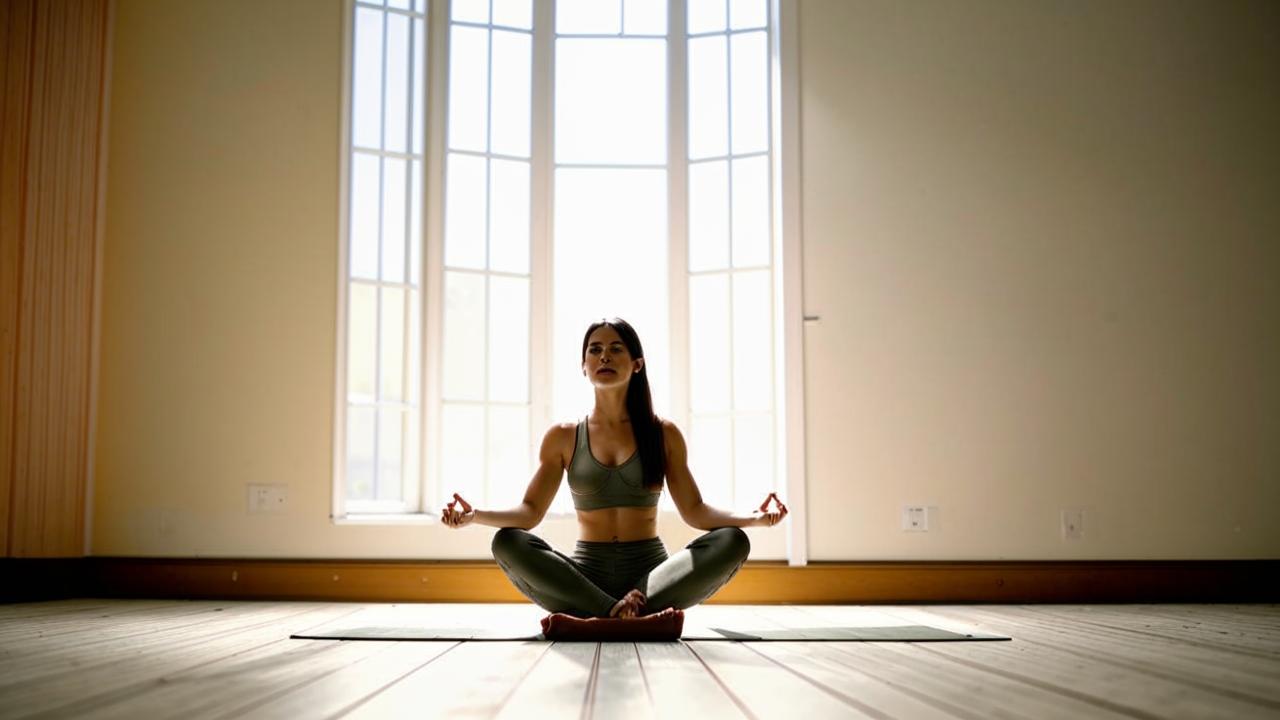
Shoulderstand – Salamba Saravangasana
禁忌: critical days, high blood pressure, retinal detachment, severe headache.
Benefits of the exercise: helps with insomnia and calms the nerves, improves the thyroid and parathyroid glands, intestines, regulates metabolism, improves blood circulation around the neck and chest, reduces swelling.
Technique
- Lie on your back, hands along the body with palms down.
- Bend your knees, exhale, pull your thighs and buttocks off the mat, pull your knees up to your chest, move your palms closer to your shoulder blades so that your fingers look up, thumb pointing towards your abdomen, lift your torso until your buttocks are perpendicular to the floor.
- As you exhale, lift your torso and hips until your rib cage touches your chin, lift your feet to the ceiling, body perpendicular to the floor from shoulders to knees, spine straight, entire body extended.
- Slide your shoulders back to relax and stretch your neck, there should be no discomfort, if there is, move your hands closer to your lower back; it is important not to twist your head while performing asana.
- Breathe evenly and calmly, fix the pose for a comfortable time, bringing it gradually to 2-3 minutes.
- On exhalation bend your legs at the knees, lower your hips to your belly and your hands to the mat, then slowly vertebra by vertebra put your back and buttocks on the floor, relax your whole body.
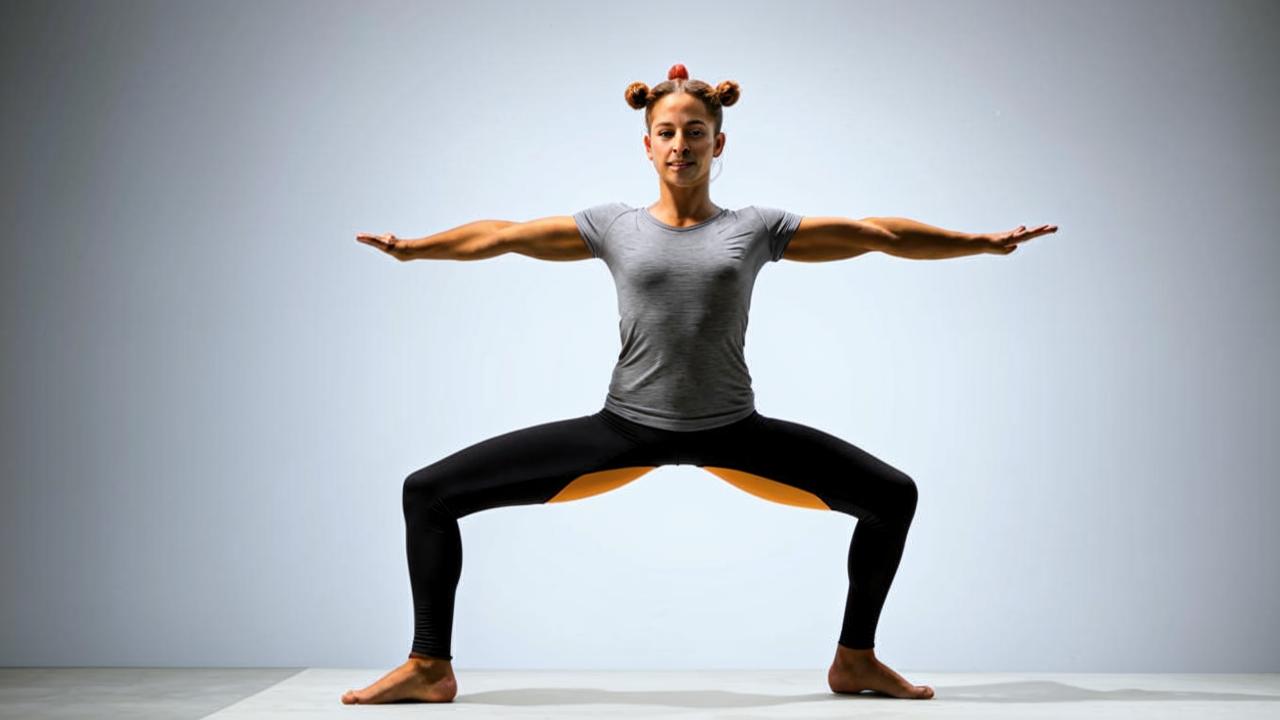
Fish pose – matsyasana
禁忌: injuries ofthe spine, cervical, shoulder and thoracic spine, hyperfunction of the thyroid gland, severe headache.
Benefits of the exercise: opening the chest, improving blood circulation in the spine, larynx, prevention of respiratory diseases, stimulation of the thyroid gland.
Technique
- Lie on the mat on your back, under the thoracic region and head put a bolster, a long pillow, a roller or two blocks (flat side, one along the spine, the other under the head).
- Arms can be spread apart or placed on the abdomen, legs bent, feet together, knees apart, completely relax.
- Breathing is even, calm, stay in asana for a minute or three, leave the pose slowly, without sudden movements.
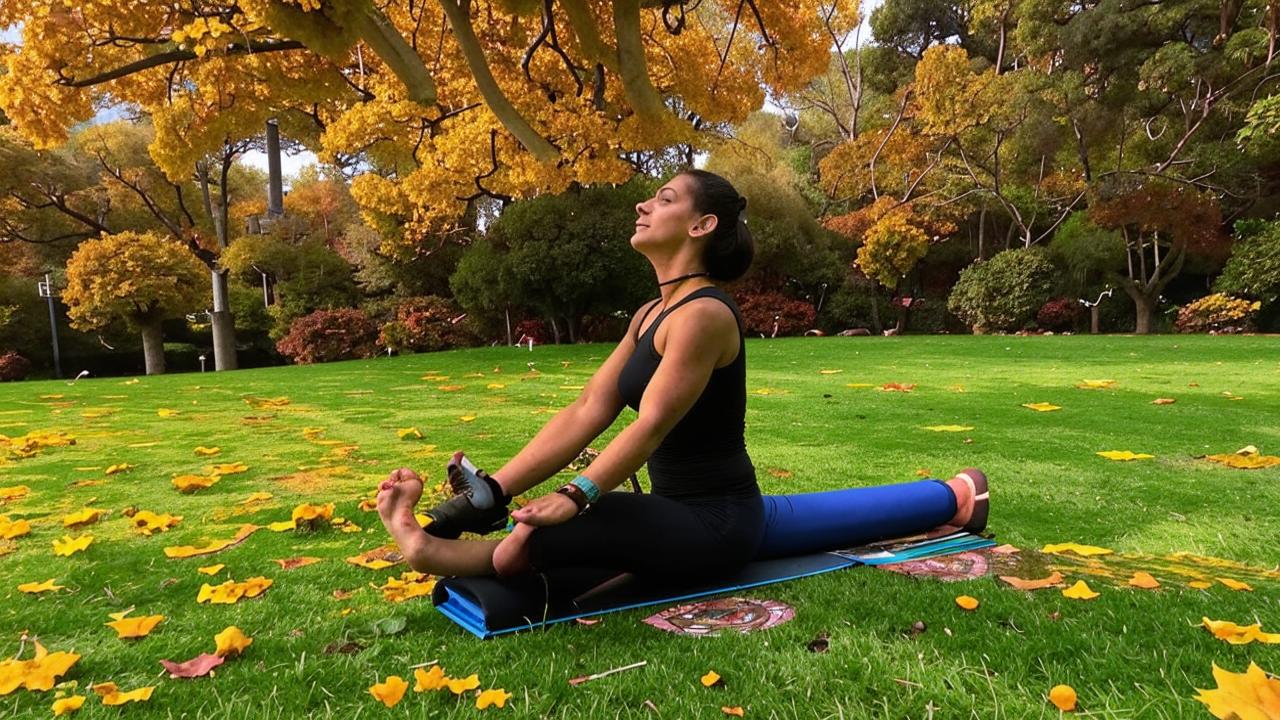
Dead man’s pose – shavasana
禁忌: pregnancy (second and third semesters).
Benefits of the exercise: relaxation of the whole body, relieve nervous tension, eliminate headaches, prevention of insomnia.
Technique
- Lie on your back on the mat, spread your legs apart, let them relax completely, spread your arms apart so that the axillae are open, palms facing up, close your eyes.
- Take a deep inhalation with your nose and with exhalation relax the whole body up to the very tips of your fingers and toes, mentally walk your attention along the body, relaxing it – legs, arms, abdomen, chest, face, shoulders, back, then turn your attention to your breathing, keep it even and calm.
- Duration of this practice is not less than two minutes, then gently wiggle your toes, hands, turn your head to the right-left, bend your legs alternately and turn over to the right side, put your elbow under your head, stay in this position for several breathing cycles.
- Push off the floor with your hands, slowly sit with a straight back, palms placed on your knees, gently open your eyes.
